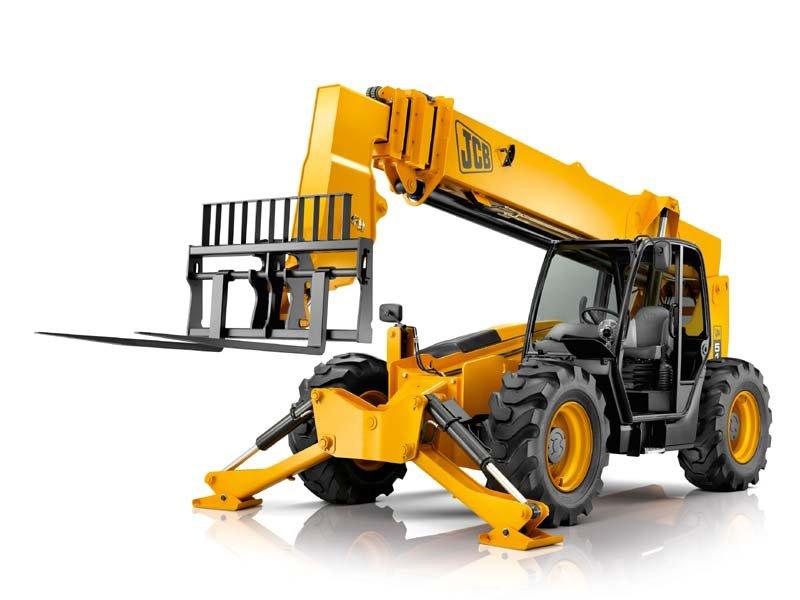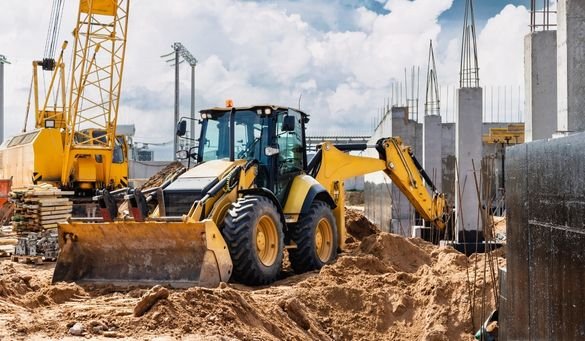Maximize Your Budget by Understanding the Prices Related To Building Tools Leasings
Understanding the full extent of costs connected with construction equipment leasings is crucial for maximizing your budget plan. While the initial rental fee might seem simple, countless additional expenditures-- such as transportation, gas additional charges, and upkeep-- can rapidly gather, influencing your economic planning. Being mindful of numerous costs and the intricacies of rental contracts can help stay clear of unforeseen monetary problems. What strategies can be utilized to properly take care of these expenses and guarantee a much more reliable rental experience?
Review of Rental Costs
When thinking about construction tools services, comprehending the linked prices is extremely important for efficient budgeting and job planning. Rental costs can differ considerably based on several elements, consisting of tools type, duration of rental, and location. The preliminary rental charge typically mirrors the equipment's market need and its linked functional abilities, influencing the total expense.
Along with the base rental rate, supplementary costs might emerge, such as transport costs, fuel surcharges, and upkeep charges. It is vital to represent these additional costs to accurately examine the overall expense of leasing tools. In addition, the rental period can influence pricing; longer rentals may receive reduced prices, while temporary leasings may sustain higher daily costs.

Breakdown of Rental Prices
A thorough understanding of rental prices is necessary for specialists and task supervisors aiming to maximize their budget plans. Rental prices for building and construction devices commonly consist of numerous elements, including base rates, time-based costs, and usage costs.
Base prices are the core charges related to the leasing of the devices, frequently determined by the kind and size of the equipment. These rates can vary dramatically, influenced by factors such as devices need, accessibility, and local market patterns. Time-based fees, which might be daily, weekly, or monthly, serve to fit different project timelines and rental durations.
Furthermore, rental prices may consist of usage costs, which apply when equipment is made use of beyond a specified limit, making certain that the rental company can account for wear and tear. Seasonal demand fluctuations can likewise impact rental rates, with peak building seasons typically commanding greater prices.
In addition, comprehending the rental company's plans pertaining to maintenance and insurance policy can give further insight into the overall expense structure. By analyzing these parts, service providers can make enlightened decisions, guaranteeing the choice of rental tools aligns with both project demands and budget plan restrictions.
Extra Charges to Consider
Understanding the complexities of added fees is vital for specialists to handle their general rental expenses properly. Past the basic rental prices, various additional charges can significantly influence the total price of tools leasing. These charges typically include delivery and pick-up fees, which can differ based on range and logistics entailed in transferring the equipment to and from the task website.
In addition, some rental companies may visite site enforce fuel surcharges if the equipment is returned with much less gas than when leased. It is also vital to understand prospective cleaning charges, especially for customized devices that needs detailed upkeep after usage.

Extensively reviewing the rental contract and clarifying these additional fees in advance can aid service providers make sure and stay clear of unforeseen costs that budgets stay intact throughout the task lifecycle.
Maintenance and Repair Service Expenditures
Routine maintenance and repair expenses are frequently overlooked aspects that can substantially influence the general expense of construction devices rentals. When leasing tools, it is essential to consider not only the rental charges yet additionally the possible costs related to keeping read the equipment in optimal operating problem.
Many rental companies include basic maintenance as part of the rental contract; nevertheless, much more unanticipated malfunctions or extensive fixings can bring about added expenses. It's necessary to examine the rental contract meticulously to understand what maintenance solutions are covered and what obligations fall on the renter.
Furthermore, equipment that is not properly maintained can cause inefficiencies on the work website, potentially triggering hold-ups and enhancing task prices. To alleviate these threats, it is suggested to carry out regular evaluations and keep open communication with the rental copyright regarding any kind of issues that arise during use.
Insurance and Liability Costs
Insurance and obligation prices are critical elements that can considerably impact the total expenditure of building and construction tools rentals (boom lift rental). These prices make certain that both the rental firm and the customer are safeguarded from prospective monetary losses arising from crashes, damage, or theft throughout the rental duration

In addition, customers must recognize any type of deductibles or exclusions in the insurance coverage, as these can affect possible out-of-pocket expenses. Comprehending the terms of any insurance protection is important to avoid unexpected expenses. Ultimately, budgeting for insurance and obligation expenses can assist ensure a smoother rental experience and safeguard against financial dangers connected with building jobs.
Final Thought
To conclude, an extensive understanding of the costs connected with building and construction tools rentals is important for efficient budget plan administration. By evaluating rental prices, added charges, maintenance costs, and insurance people, requirements and companies can lessen unanticipated visit homepage expenditures. This critical method not only enhances cost-effectiveness yet also guarantees that jobs advance efficiently and effectively. Ultimately, informed decision-making pertaining to equipment leasings contributes to the overall success of building ventures.
Rental costs can vary dramatically based on a number of variables, consisting of tools kind, duration of rental, and location (heavy equipment rental). The rental period can influence rates; longer leasings might certify for discounted prices, while short-term rentals could sustain higher daily fees
By carrying out comprehensive research study and involving with credible rental business, specialists can effectively browse the complexities of rental prices, ultimately maximizing their financial resources.
Past the typical rental rates, various supplemental costs can substantially influence the total expense of equipment rental. Rental companies typically supply obligation insurance policy that covers injuries to 3rd celebrations or damages to home, while tools damages insurance coverage can cover the expense of fixings or replacement if the rented devices is harmed.